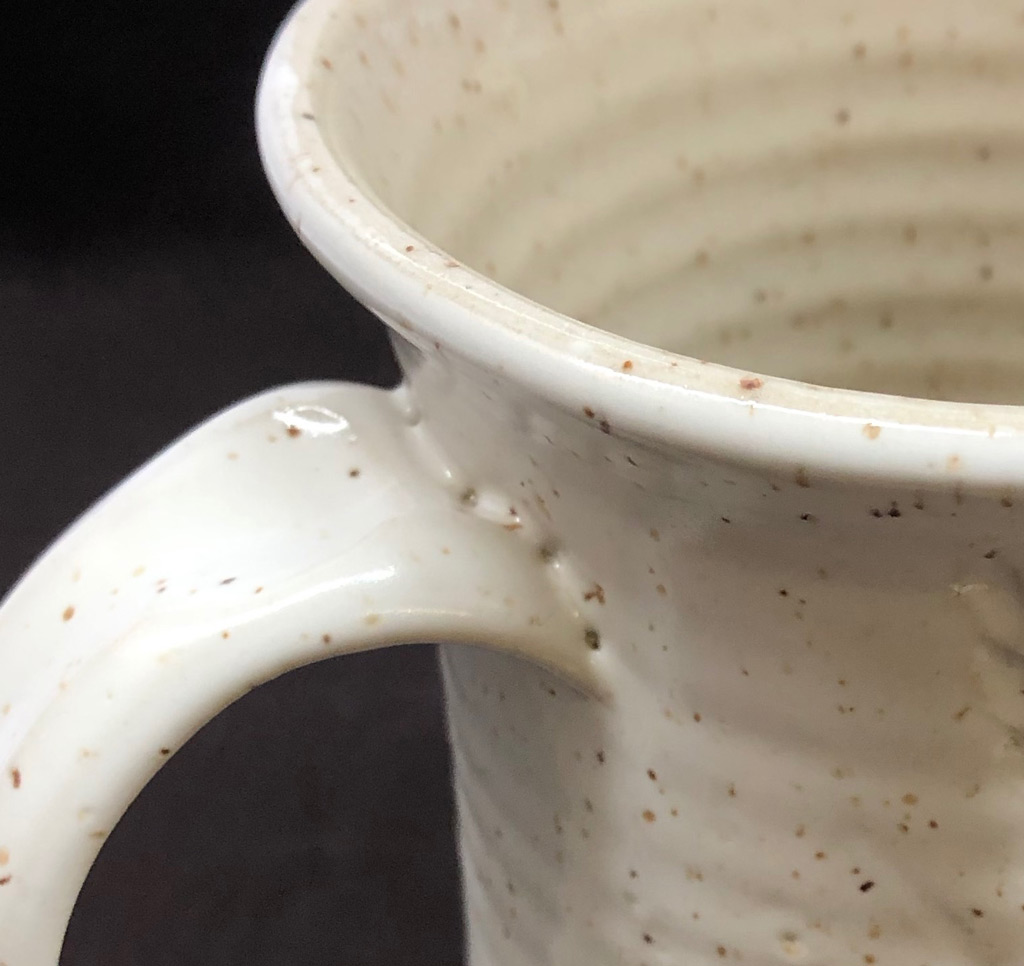| Monthly Tech-Tip | No tracking! No ads! | |
Operation timed out after 2001 milliseconds with 0 bytes received
Error: API server returned an invalid response for pictureOperation timed out after 2001 milliseconds with 0 bytes received
ChatGPT is surprisingly wrong about the causes of glaze crawling.
ChatGPT trained on the entire internet and yet gave 100% wrong answers and neglected the key thing that causes 90% of crawling! How can the internet be so wrong? Consider the suggestions it gave:
-Dust or oil on the bisque: This almost never happens. Besides, glaze is a mix of dust and water!
-Too much feldspar in a glaze can cause it to shrink excessively during firing: No, high feldspar causes thermal expansion/contraction of the fired glass, not physical shrinkage of the melt.
-If the clay body surface is not roughened, the glaze may not adhere properly: No, glazes don’t crawl any more on porcelains than other bodies.
-If the glaze is too thick in some areas and too thin in others, it can crawl in the thin areas: No, it crawls where thick because that’s where it cracks during drying.
-Over-firing or under-firing: No. Glazes fired to the ideal temperature crawl just as much.
-If the pottery is dried evenly or the drying process is too rapid: No, rapid drying of glaze on bisque is important to prevent cracking.
This crawling happened because the glaze cracked along the inside of that corner during drying. Such cracking is by far the number one cause of crawling, the melt pulls back from either side of the crack. The specific gravity of the slurry was too high, the resulting greater thickness right at the corner gave the shrinking glaze power to pull a crack. Adding water to bring the SG back down to 1.4 and then Epsom salts to gel it to thixotropic gave the slurry much better dipping and drying properties and totally solved this issue.
Related Pictures
Crawling in G2934Y Zircopax white glaze: Here are some fixes.

This picture has its own page with more detail, click here to see it.
G2934Y, a variation of the G2934 base, is a good stain matte base glaze but it is not without issues. It has significant clay content in the recipe and high levels of Al2O3 in the chemistry, these make it susceptible to crawling. This base is normally fine as is but when opacified or certain stains are added (especially at significant percentages) it can crawl. This has 10% Zircopax. Even though the glaze layer thickens at the recess of the handle join it is still crawling. We also get this on the insides of mugs where wall and foot meet at a sharp angle. This was initiated because the glaze cracked here during drying. Normally it would heal but the zircon stiffens the melt, making it less mobile. The easiest solution is to adjust the specific gravity of the glaze to 1.44 and flocculate it to thixotropic, this assures that the application is not too thick. Another measure is to add a little CMC gum (by replacing some of the water with gum solution). Lastly, use a blend of tin oxide and Zircopax, as in the G3926C version of the recipe, to opacify it.
Glaze is crawling on overlap when it did not do so before. Why?

This picture has its own page with more detail, click here to see it.
By far the number one cause of crawling is cracking of the glaze layer during drying. Of course, glazes having too high a percentage of plastic ball clay or bentonite will shrink and therefore crack more. But in this case, the G2934 matte recipe contains less than 20% kaolin and it worked well in the past (left plate). But this time the crawling happened on the overlap (upper right). The problem is with the specific gravity, it is too high (resulting in faster thickening for the same dip duration). This dipping glaze works best with a specific gravity of 1.44. If the slurry is too runny Epsom salts (or other flocculant) can be added to make it thixotropic. When the rheology is right it works extremely well.
Videos
Links
| URLs |
https://chat.openai.com/chat
ChatGPT ChatGPT (generative pre-trained transformer) is chatbot exhibiting the apparent ability to answer questions, using the requested conversational style. on all accumulated human knowledge. It’s training data is the internet. Of the thousands of AI tools and sites ChatGPT lead the way in 2023 signaling the dawn of the most disruptive human invention in history - artificial general intelligence. ChatGPT is both smart and creative, only time will tell how much such tools will assist in our ceramic industry. |
| Troubles |
Crawling
Ask yourself the right questions to figure out the real cause of a glaze crawling issue. Deal with the problem, not the symptoms. |
| Glossary |
AI in Ceramics
|
Got a Question?
Buy me a coffee and we can talk

https://digitalfire.com, All Rights Reserved
Privacy Policy

